During a hospital construction project, we discovered that PPR pipes from different suppliers showed significant quality variations despite all claiming to meet international standards. This experience highlighted the critical importance of understanding and verifying genuine quality certifications in PPR manufacturing.
Top-quality PPR pipe manufacturing requires adherence to international certification systems like ISO 15874, material testing protocols ensuring resin purity, strict dimensional standards preventing installation issues, and rigorous quality control measures verifying long-term hydrostatic strength. These interconnected standards collectively ensure reliable performance and longevity in plumbing systems.
Understanding these quality standards helps professionals select genuinely compliant products and avoid substandard materials. Furthermore, proper verification processes ensure that claimed certifications translate to actual performance in real-world applications. Now, let’s explore the specific standards governing PPR pipe quality.
Which International Certification Systems Govern PPR Pipe Production Quality?

After encountering counterfeit certification marks on a commercial project, we implemented a verification system that reduced non-compliant material deliveries by 95%. This process revealed how proper certification understanding prevents quality compromises.
International certification systems governing PPR quality include ISO 15874 for material and performance requirements, national standards like DIN 8077/8078 (Germany) and GB/T 18742 (China), NSF/ANSI 61 for potable water safety, and regional marks such as WRAS (UK) and ACS (France), each providing specific verification of different quality aspects.
Major Certification Systems
The most influential certification systems provide comprehensive quality assurance:
ISO 15874 Series
This international standard specifies the requirements for polypropylene (PP-R) piping systems for hot and cold water installations. ISO 15874-2 covers pipes while ISO 15874-3 addresses fittings, establishing uniform global benchmarks for dimensions, performance, and material properties. Certification requires independent testing by accredited laboratories and regular factory audits to maintain compliance.
National and Regional Standards
Different markets maintain specific standards reflecting local requirements. Germany’s DIN 8077/8078 standards establish strict dimensional tolerances and performance criteria, while China’s GB/T 18742 standard provides comprehensive testing protocols. Additionally, the UK’s WRAS (Water Regulations Advisory Scheme) certification ensures compliance with British water bylaws, and France’s ACS (Attestation de Conformité Sanitaire) validates materials for contact with drinking water.
North American Certification Requirements
While PPR has slower adoption in North America, NSF/ANSI 61 certification is essential for potable water applications. This standard specifically evaluates potential contaminants leaching from materials into drinking water, with regular retesting required to maintain certification. Furthermore, ASTM F2389 provides test methods for polypropylene pressure pipes, though it’s less comprehensive than European standards.
Certification Verification Process
Ensuring genuine certification requires systematic verification:
| Verification Step | Purpose | Red Flags |
|---|---|---|
| Certificate Authenticity Check | Confirm legitimate certification | No certificate numbers, expired dates |
| Testing Laboratory Accreditation | Verify testing body credibility | Non-accredited laboratories |
- Regular Audit Evidence: Check ongoing compliance – No recent audit reports
- Batch-Specific Testing: Ensure current production quality – Reliance on initial certification only
What Material Testing Protocols Ensure PPR Resin Purity and Performance?
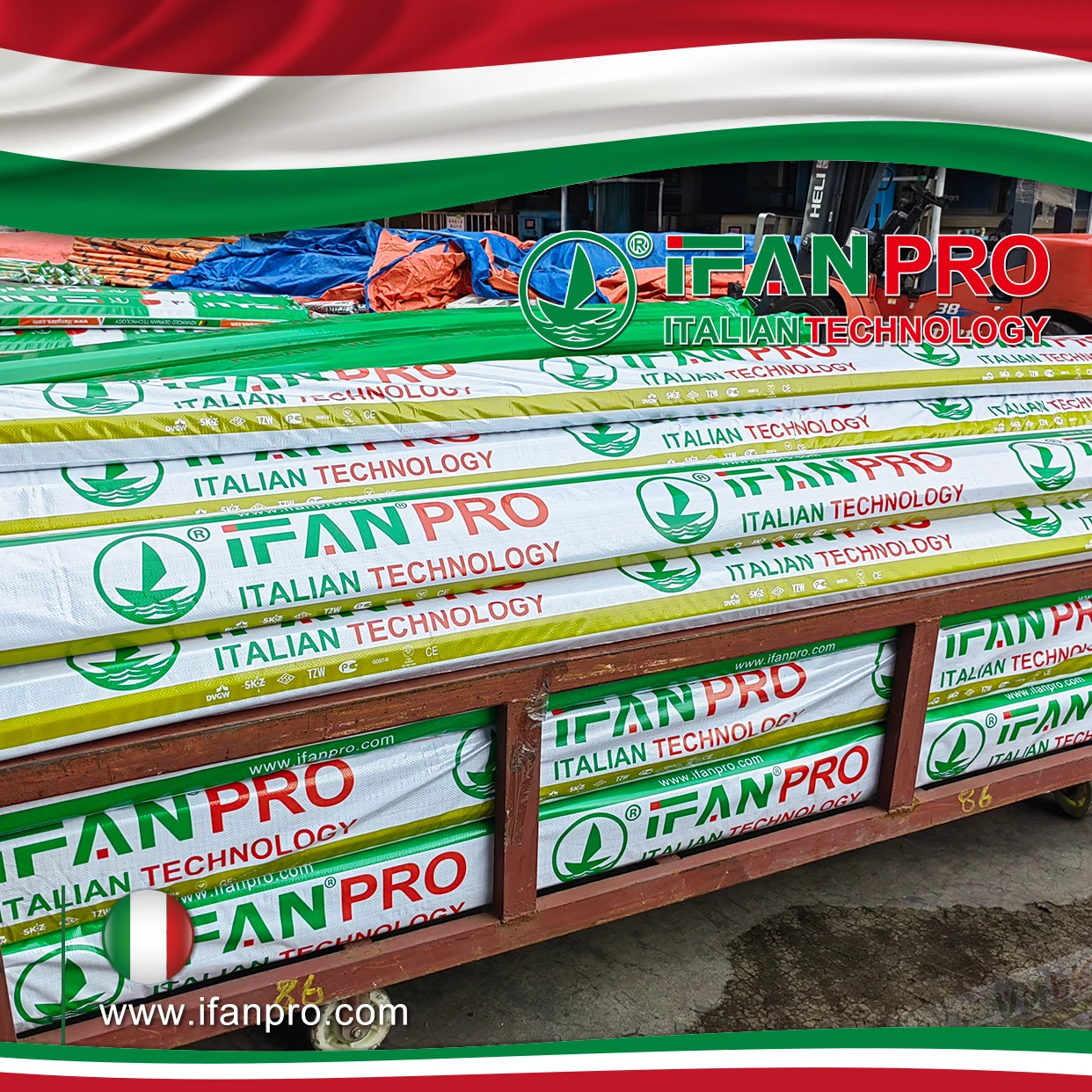
When a batch of PPR pipes exhibited premature cracking, laboratory analysis revealed inconsistent resin composition with unauthorized additives. This incident underscored how proper material testing prevents field failures and ensures long-term reliability.
Material testing protocols for PPR resin include melt flow rate (MFR) testing verifying processability, differential scanning calorimetry (DSC) confirming thermal properties, Fourier-transform infrared spectroscopy (FTIR) identifying material composition, and oxidative induction time (OIT) testing determining thermal stability, collectively ensuring resin purity and consistent performance.
Essential Resin Testing Procedures
Comprehensive material testing covers multiple performance aspects:
Chemical Composition Analysis
FTIR spectroscopy identifies the molecular structure of the polymer, detecting any deviations from pure PPR copolymer formulation. This test verifies that no recycled materials or inappropriate additives have been incorporated, which could compromise long-term performance. Additionally, carbon black content testing ensures UV stabilization in colored pipes without affecting material properties.
Thermal Property Verification
DSC analysis measures the melting temperature and crystallinity of the PPR material, with pure PPR typically exhibiting a melting point around 140-145°C. This test confirms the material’s thermal stability and appropriate copolymer ratio. Simultaneously, OIT testing determines the material’s resistance to oxidative degradation at elevated temperatures, predicting long-term aging behavior in hot water applications.
Rheological Property Testing
MFR testing measures how easily the molten polymer flows under specific conditions, with standard PPR typically ranging between 0.1-0.4 g/10 min at 230°C/2.16 kg. Consistent MFR values indicate stable polymerization and proper molecular weight distribution, ensuring uniform processing and consistent mechanical properties in the finished pipes.
Performance Testing Protocols
Material testing extends to finished product performance:
| Test Type | Standard Method | Acceptance Criteria | Purpose |
|---|
- Hydrostatic Pressure Test: ISO 1167 – No failure at specified pressure/time – Long-term strength validation
- Thermal Stability Test: ISO 2507 – Minimal deformation at elevated temperatures – High-temperature performance
- Impact Strength Test: ISO 3127 – No cracks or breaks at specified impact – Durability verification
- Carbon Black Dispersion: ISO 18553 – Uniform distribution without agglomeration – UV resistance assurance
How Do Dimensional Standards Prevent Installation Issues in PPR Systems?
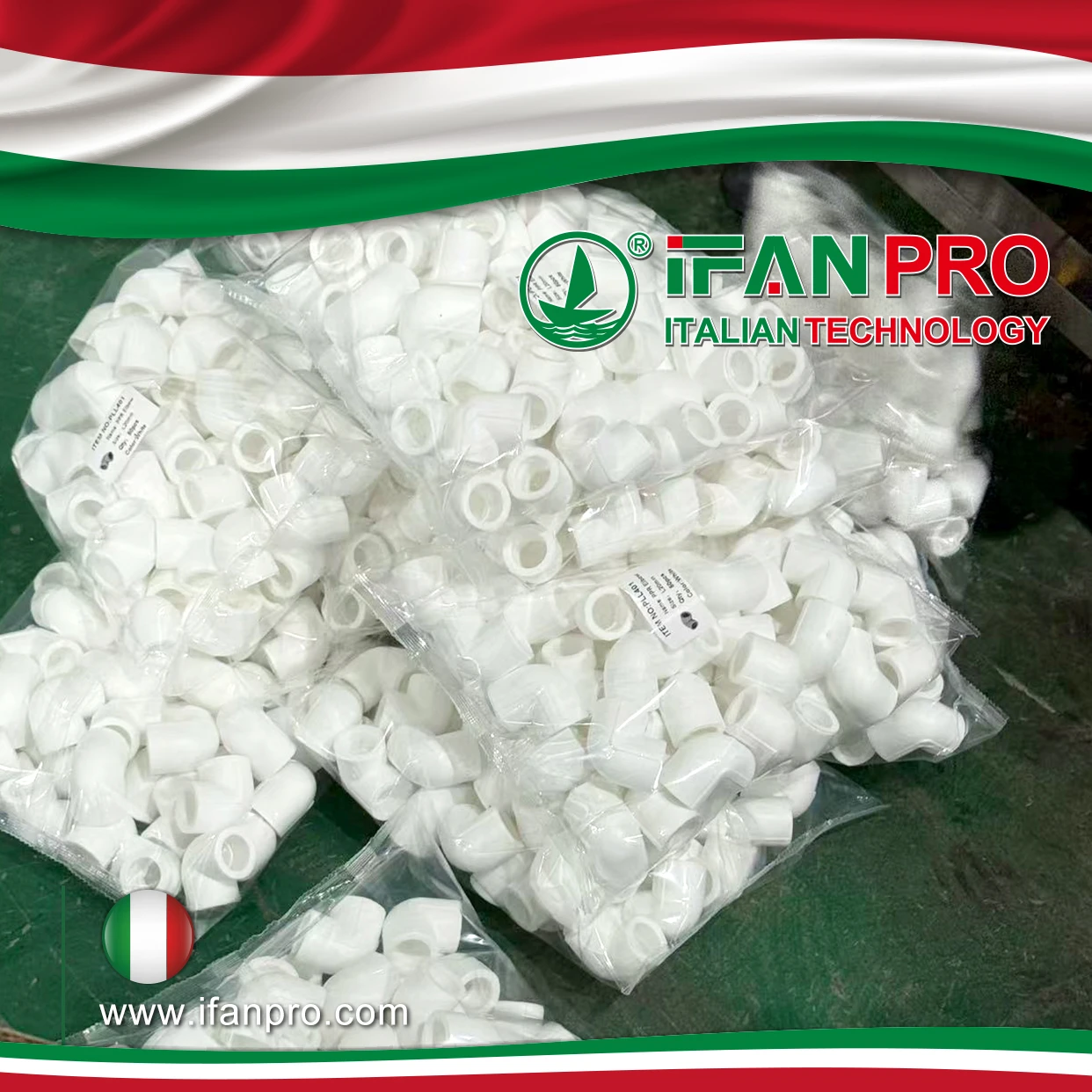
A large apartment project experienced widespread leakage at connections due to dimensional variations between pipes from different suppliers. This costly failure demonstrated how precise dimensional control is essential for reliable PPR system installation.
Dimensional standards prevent installation issues by establishing strict tolerances for outer diameter, wall thickness, and ovality, ensuring compatibility between pipes and fittings from different batches and manufacturers. Proper dimensions guarantee correct fusion parameters, prevent joint stress concentrations, and maintain consistent flow characteristics throughout the system.
Critical Dimensional Parameters
Specific dimensional controls address different installation concerns:
Diameter and Wall Thickness Tolerances
ISO 15874 establishes strict limits on outer diameter deviations (typically ±0.3mm for common sizes) and wall thickness variations (generally +0.4mm/-0.2mm). These tolerances ensure proper insertion depth during socket fusion and prevent uneven wall thickness that could create weak points under pressure. Consistent dimensions also guarantee that pipes properly engage with standard fittings regardless of production batch.
Ovality and Straightness Controls
Maximum ovality limits (usually 1-2% of nominal diameter) prevent gaps in fusion joints and ensure proper sealing. Similarly, straightness specifications (typically 1-2mm per meter length) prevent bending stresses and alignment difficulties during installation. These controls are particularly important for longer pipe lengths where cumulative misalignment could create system stress.
SDR (Standard Dimension Ratio) Consistency
Maintaining precise SDR values ensures consistent pressure ratings across production batches. SDR represents the ratio of pipe diameter to wall thickness, directly determining pressure capacity. Consistent SDR values (such as SDR 6, 7.4, 11) guarantee that all pipes of the same classification will perform identically under pressure, regardless of manufacturer.
Installation Impact Analysis
Dimensional variations directly affect installation quality and system performance:
| Dimensional Issue | Installation Consequence | Long-Term Risk |
|---|
- Oversized Outer Diameter: Difficult fitting insertion – Incomplete fusion, joint failure
- Undersized Wall Thickness: Reduced pressure capacity – Premature failure under pressure
- Excessive Ovality: Gaps in fusion joints – Leakage, joint separation
- Inconsistent SDR: Variable pressure ratings – System weakness at specific sections
What Quality Control Measures Verify Long-Term Hydrostatic Strength in PPR Pipes?
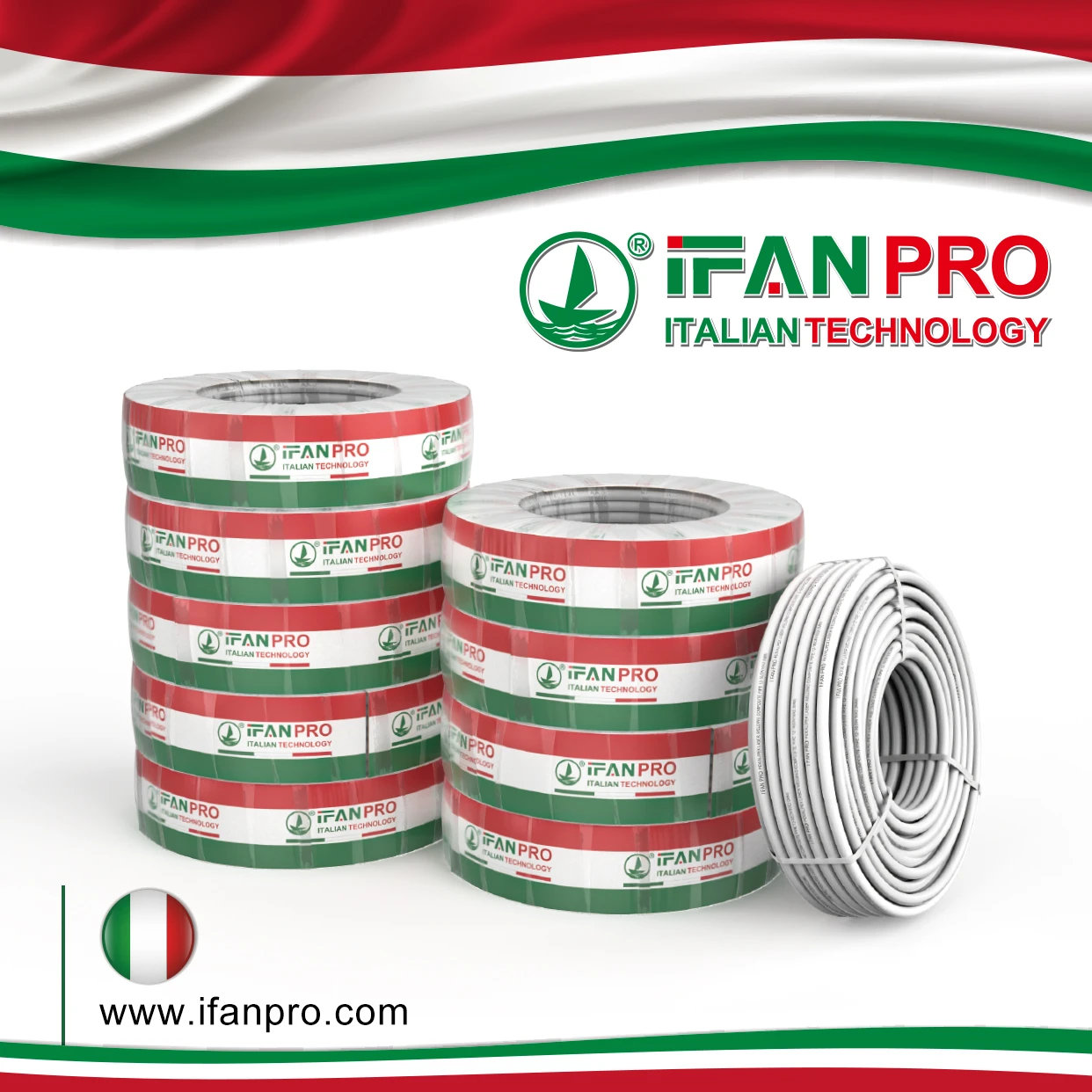
When a PPR system failed prematurely at temperatures below its rated capacity, investigation revealed inadequate hydrostatic strength testing during manufacturing. This experience highlighted how proper verification of long-term pressure capability is essential for reliable system design.
Quality control measures verifying long-term hydrostatic strength include sustained pressure testing at elevated temperatures, regression analysis establishing pressure-temperature relationships, creep rupture testing predicting lifetime performance, and statistical process control ensuring batch-to-batch consistency, collectively validating the 50-year service life expectation for PPR systems.
Hydrostatic Strength Verification Methods
Multiple testing approaches confirm long-term performance:
Sustained Pressure Testing
According to ISO 1167 standards, pipes undergo long-term pressure testing at various temperatures (typically 20°C, 60°C, and 95°C) to validate performance under different service conditions. Tests continue for periods ranging from 1,000 to 10,000 hours, with extrapolation methods predicting 50-year performance. Failure to maintain integrity at specified pressure-temperature combinations indicates material or manufacturing deficiencies.
Regression Analysis and Prediction
Test results undergo statistical analysis to establish the relationship between applied stress, temperature, and failure time. This analysis generates stress regression lines that predict long-term behavior based on shorter-term testing. Quality manufacturers test multiple batches over time to verify consistency and adjust the regression models as needed.
Creep Rupture Testing
This specialized testing determines the material’s resistance to continuous stress over extended periods, simulating decades of service in accelerated timeframes. By testing at elevated temperatures and pressures, manufacturers can predict the pipe’s behavior under normal operating conditions throughout its expected service life.
Quality Control Implementation
Effective quality control requires comprehensive implementation:
Batch Testing Protocol
Every production batch undergoes representative sampling for hydrostatic testing. Short-term tests (typically 1-100 hours) at elevated pressures and temperatures provide immediate quality indicators, while long-term testing continues independently for ongoing quality verification. This two-tier approach balances immediate production needs with long-term quality assurance.
Statistical Process Control
Manufacturing parameters are continuously monitored using SPC techniques to detect deviations that might affect long-term performance. Key parameters include extrusion temperature, cooling rate, haul-off speed, and vacuum calibration pressure. Maintaining these parameters within established control limits ensures consistent hydrostatic strength across production batches.
Third-Party Verification
Reputable manufacturers engage independent laboratories for periodic verification testing. This external validation provides objective confirmation of long-term hydrostatic strength claims and ensures that internal testing protocols remain accurate and unbiased.
Conclusion
Top-quality PPR pipe manufacturing requires comprehensive adherence to international certification systems, rigorous material testing protocols, strict dimensional standards, and thorough verification of long-term hydrostatic strength. By implementing these interconnected quality measures throughout the manufacturing process, producers can ensure reliable performance, prevent installation issues, and deliver products that meet the expected 50-year service life in plumbing applications.

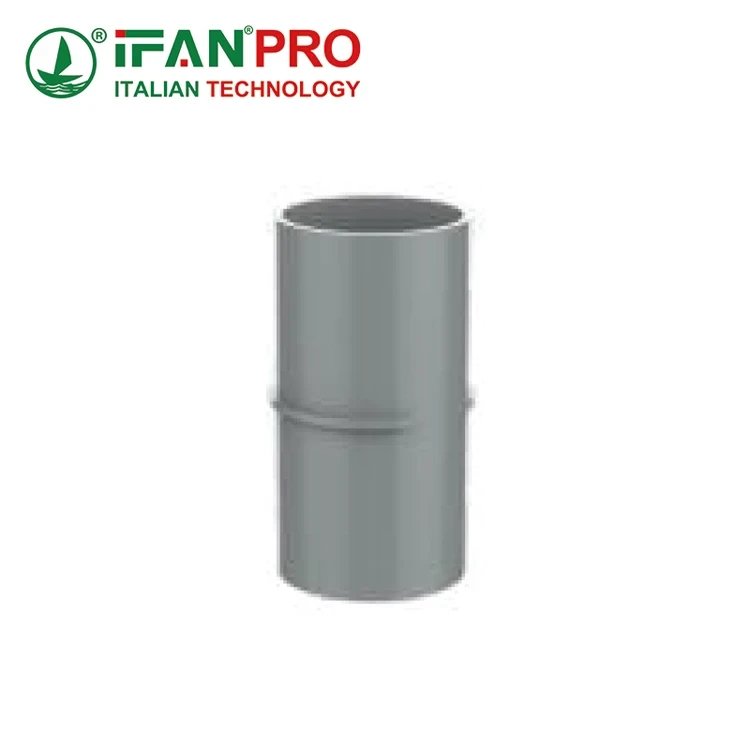
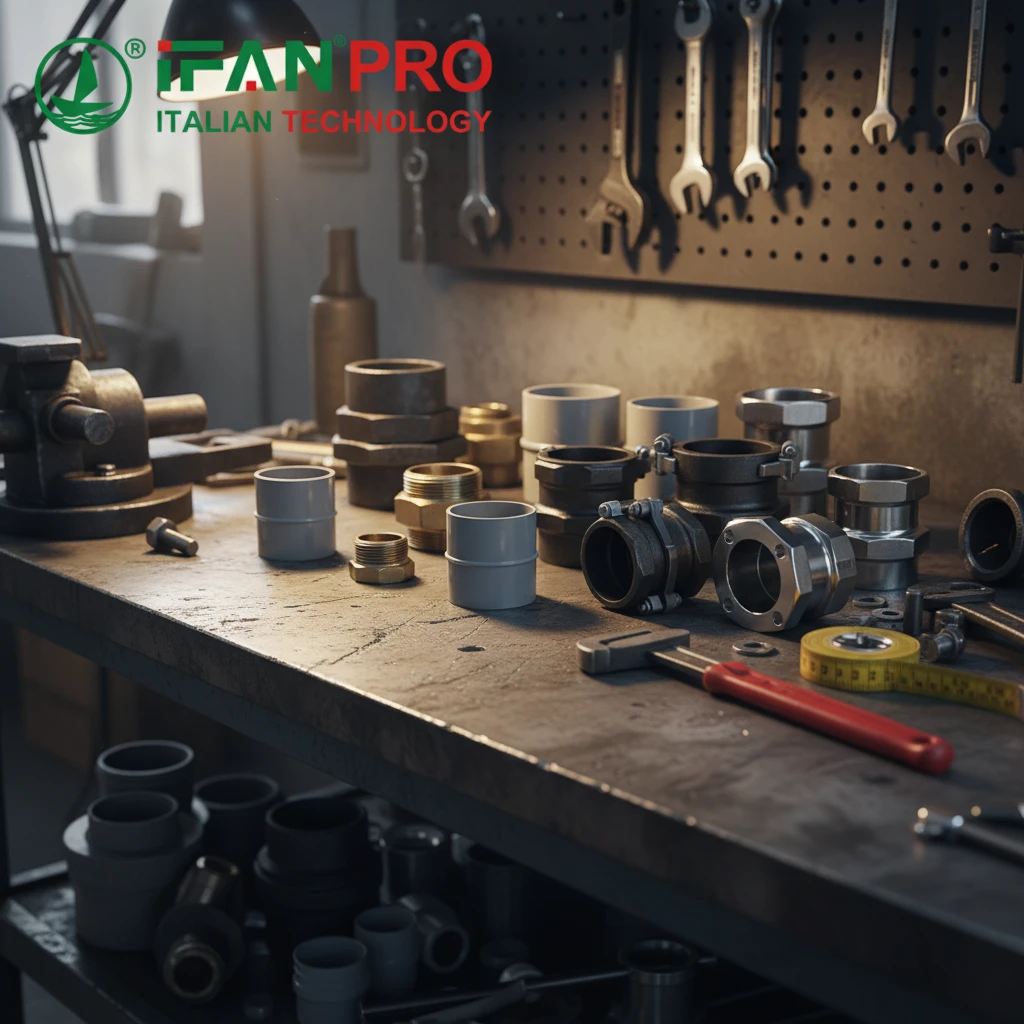
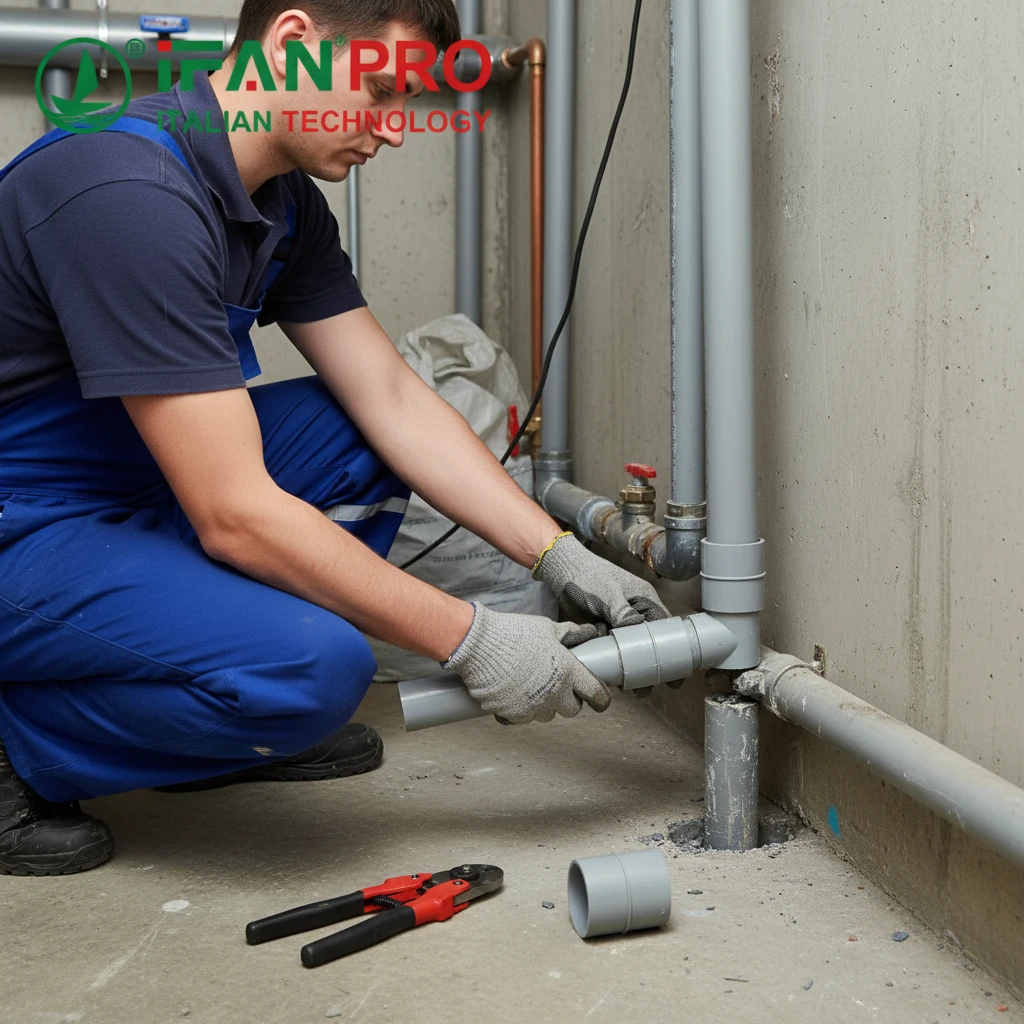









Commentaires récents